Farewell then, the Crooked House. The 18th-century pub, in the West Midlands village of Himley, hasn’t just stopped being a pub – it’s stopped existing, full stop. Just days after its sale to a private buyer for ‘alternative use’, the famously wonky building – where coins and marbles appeared to roll uphill – was gutted by fire and has now been demolished. Unsurprisingly this has given rise to suspicions aplenty, but we’re taking it as a chance to celebrate Britain’s oddest pubs. Step this way for underground tunnels, pubs without bars – and some very single-minded landlords…
Oliver Cromwell spent a night here and Inspector Morse visited in a 1990 episode
The Temple of Convenience, Manchester
The clue’s in the name: this place used to be a public toilet. Head down the steps and you’ll find a bar that’s, yes, compact, but also welcoming and well-stocked with all the drinks you’d expect, plus a few foreign beers you might not. The jukebox is a point of pride too – everything from Tom Waits and the Rolling Stones to Elbow. Which is appropriate, as Guy Garvey is such a fan that he even mentions the Temple in the Elbow song Grounds for Divorce – ‘a hole in my neighbourhood down which of late I cannot help but fall’.
100 Great Bridgewater St, Manchester M1 5JW
0161 278 1610
The Ship and Shovell, London
The only pub in London with a street running through it. Well, a small street – Craven Passage, with lies in the delightfully hidden-away territory between Charing Cross station and Northumberland Avenue. The two buildings on either side of the passage were built in the 1730s and used to be two different pubs, called (you’re ahead of us here) the Ship and the Shovel. The building on the south side, nearer the river, had a window which allowed dockers to see approaching ships that might need their services. In 1998, an underground tunnel was built to link the buildings and contains the cellars and kitchen. At the same time the spelling of Shovel was changed to commemorate Sir Cloudesley Shovell, the 17th century admiral. Whichever half you’re in, count on a friendly welcome and speedy service.
1-3 Craven Passage, London, WC2N 5PH
020 7839 1311
www.shipandshovell.co.uk
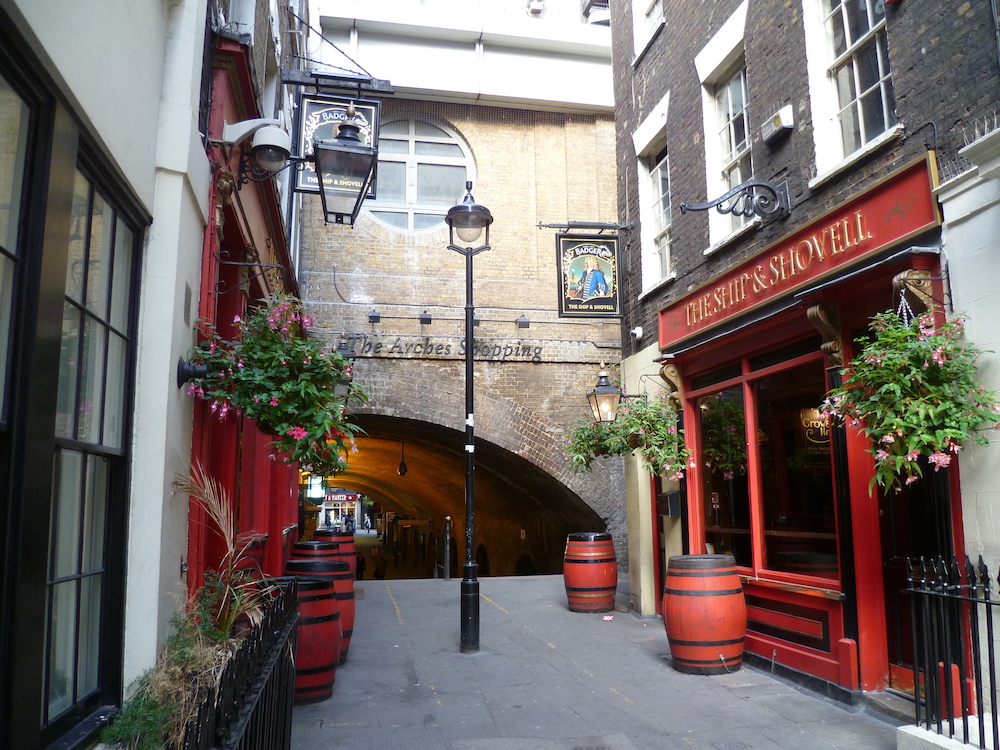
The Dyffryn Arms, Fishguard
A reminder that ‘public house’ is just what pubs once were – people’s homes that were opened up to serve beer. This one has been in the same family since the 1850s and is known locally as Bessie’s after the woman who served here for several decades. Now in her nineties, Bessie Davies has handed over duties to her granddaughter Nerys, but the procedure remains the same – the beer is poured from the keg into a jug and handed to you through a serving hatch. You have to take your glass back as they don’t have a dishwasher. There’s only one room, which feels like a living room rather than a pub. Conversation is the only music and there’s no food. All in all, it’s a throwback to centuries past – rather appropriate for a corner of Wales so remote that they still celebrate New Year on 13 January.
Pontfaen Rd, Fishguard SA65 9SE
01348 881863
The Nag’s Head, London
This Belgravia institution is on two levels, a quirk of its mews architecture meaning that the back half of the building is lower than the front, although one bar serves both. This, however, isn’t the reason we’re listing it here. The true oddness of this pub is the way in which its landlord, Kevin Moran (not the Manchester United footballer) runs the place. He’s – how shall we put this? – idiosyncratic. Mobile phone use is banned, as are swearing and putting your coat on a chair rather than hanging it up. Moran does sandwiches, but no hot food: ‘Why does anyone go to a pub for fish and chips?’ His manner with customers can be forthright, but as he says, ‘I make the rules and I don’t have to give you a reason’. Now into his fifth decade of stewardship, Moran would seem to have little need to change his approach. You can savour the Victorian pottery pump handles and memorabilia-lined walls (Edwardian ice-skate, anyone?) – or, like us, you can savour the landlord’s response when an American tourist fails to hang up their coat. An added reason to visit is that the pub is right opposite 44 Kinnerton Street, the house once owned by Ghislaine Maxwell, where a certain picture of Prince Andrew was taken.
53 Kinnerton Street, London SW1X 8ED
020 7235 1135
Canny Man’s, Edinburgh
A Morningside equivalent of the Nag’s Head. The décor is similar (old typewriters, trumpets, fish in glass-fronted cases) and so is the customer service. As one sign puts it: ‘This is not a Burger King. You’ll have it as we like it.’ Abandon your credit card, mobile phone and camera, all ye who enter here. You write your food order on a betting slip, unless you’re a backpacker, in which case you’re barred. Over 250 whiskies to choose from and the Bloody Mary is the stuff of legend.
237 Morningside Road, Edinburgh, EH10 4QU
0131 447 1484
www.cannymans.co.uk
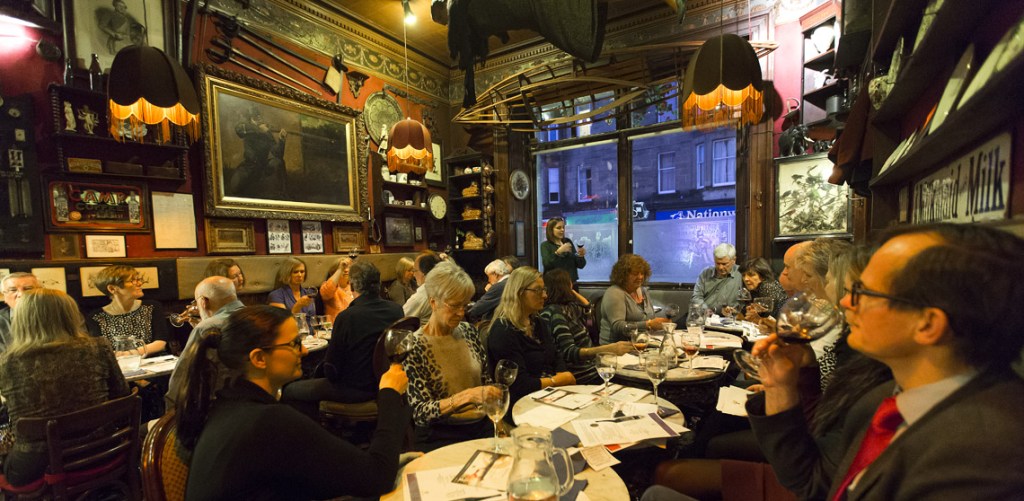
The Nutshell, Bury St Edmunds
This East Anglian pub measures 15 feet by seven, leading some to claim it as Britain’s smallest. Which brings the phrase ‘couldn’t swing a cat’ to mind – fitting, as the ephemera on show includes a dead one. The dried corpse of the unfortunate animal was uncovered during renovations – in centuries gone by builders would brick a live cat in behind the chimney, a move seen as good luck (for the property if not the cat).
As is often the way of these things, however, the title of ‘Britain’s smallest pub’ is disputed – the Little Prince in Margate and the Lakeside Inn in Southport have also claimed the crown. And with room for only three bar stools, the Signal Box Inn (guess what it used to be?) on the Cleethorpes Coast Light Railway also has a good shout.
17 The Traverse, Bury St Edmunds, IP33 1BJ
01284 764867
www.thenutshellpub.co.uk
Ye Olde Fighting Cocks, St Albans
This is often cited as Britain’s oldest pub, though others (for instance Nottingham’s Ye Olde Trip to Jerusalem) dispute that and Guinness World Records have retired the category because they can’t decide. But its true oddness comes from the building’s shape – octagonal, because monks once used it as a pigeon coop. The pub’s name, on the other hand, derives from the fact that it staged cockerel fights. Oliver Cromwell spent a night here and Inspector Morse visited in a 1990 episode. When it reopened after Covid, a local vicar blessed the pub with a meditation from St Brigid: ‘I’d like to give a lake of beer to God. I’d love the heavenly host to be tippling there for all eternity.’
16 Abbey Mill Lane, St Albans, AL3 4HE
01727 869152
www.fightingcockssa.com

The Lion, Llanymynech
Finally, a mention for a pub that’s no longer with us, but whose geography gave rise to one of the oddest situations of all. The Lion sat right on the border between England and Wales, with two of its bars lying in the former and one in the latter. Shropshire magistrates and their Montgomeryshire counterparts disagreed about alcohol on the Sabbath – which meant that on Sundays you could drink in the English bars but not the Welsh one.
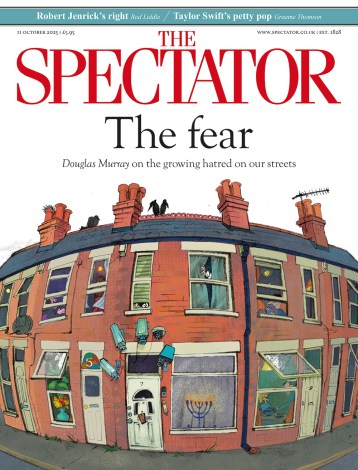
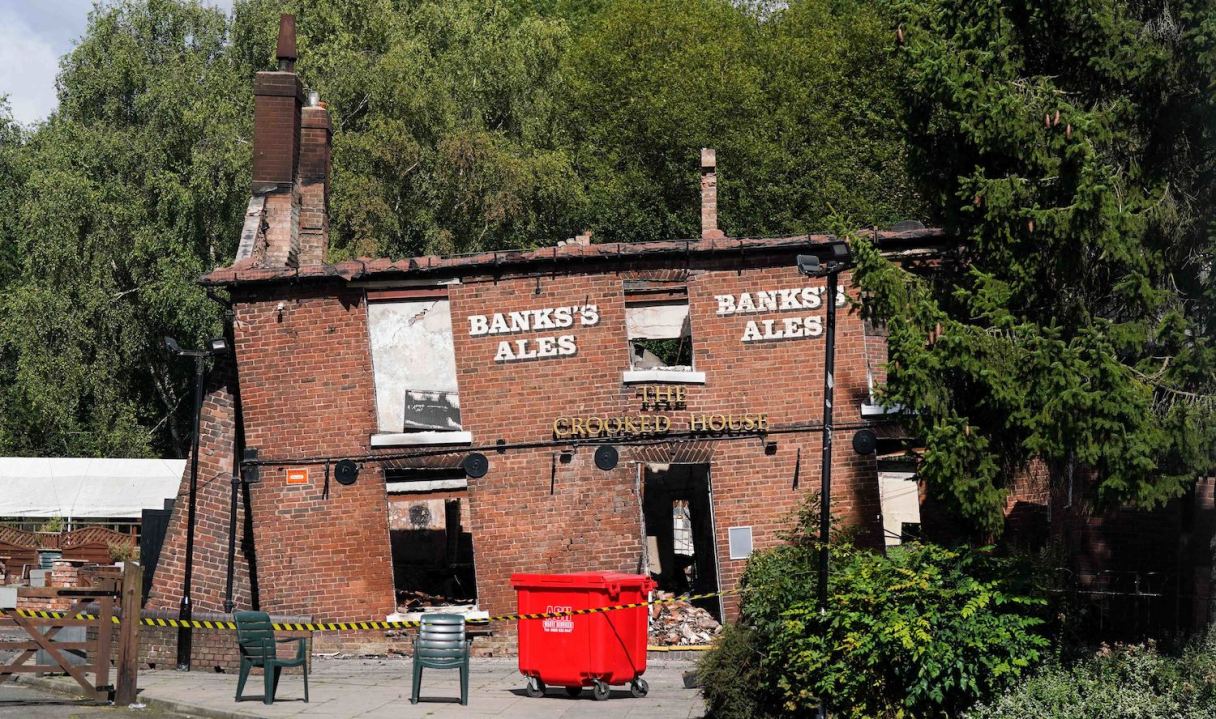
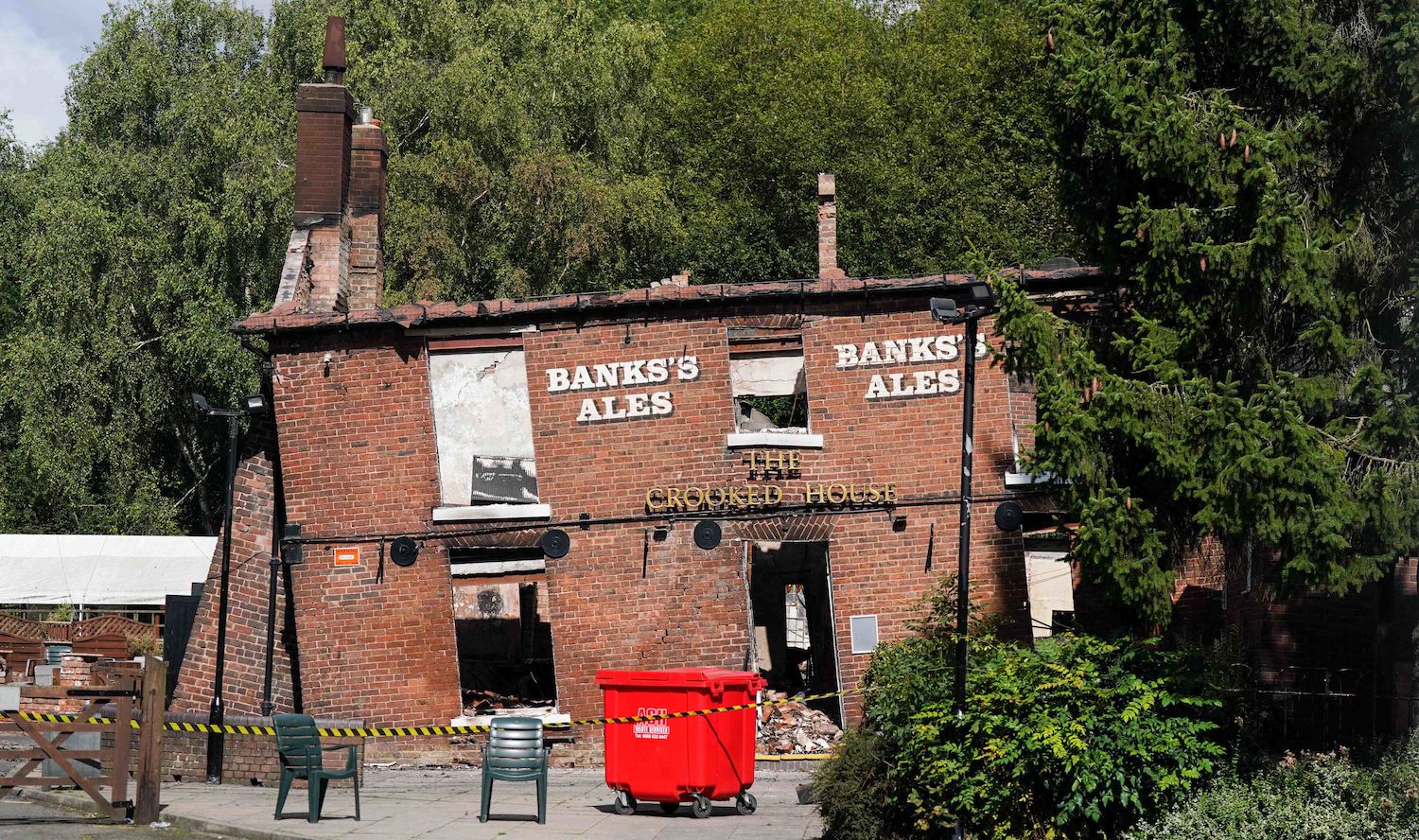




Comments